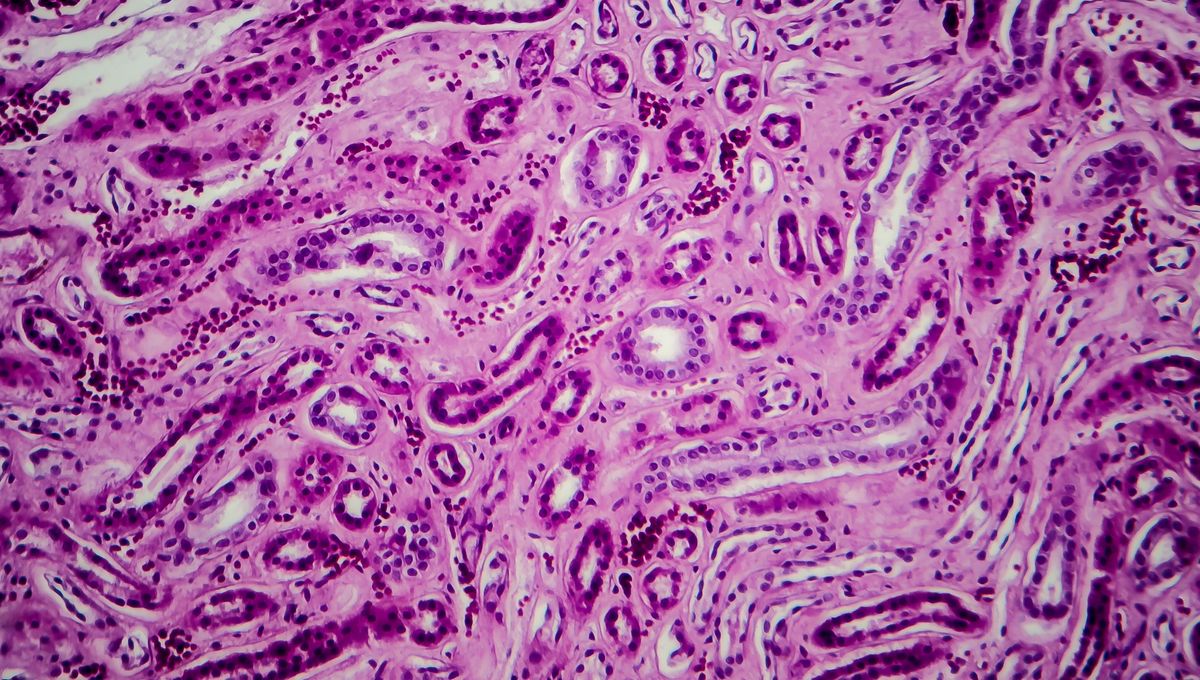
The discovery of an immune system pathway that appears to be a driving force behind lupus could herald the development of targeted treatments for the autoimmune disease. With 1.5 million people affected in the US alone, this new study will be welcome news for scores of patients living with this long-term condition.
Systemic lupus erythematosus, sometimes referred to as SLE or simply lupus, is a chronic autoimmune condition that causes a range of different symptoms. These commonly include joint and muscle pain, extreme fatigue, and a characteristic rash across the face, but people may also experience headaches, fevers, hair loss, and swollen glands, among others.
Because the symptoms are so variable and mimic other conditions, it can take some time before a diagnosis of lupus is made. Treatments tend to work best when the disease is caught early, and moderate to severe forms of the disease can cause inflammation and damage to organs like the heart and kidneys, which can even be fatal.
Although lupus affects millions of people worldwide, primarily women and people assigned female at birth, the causes have remained unclear.
Scientists do know that it seems to be underpinned by problematic interactions between two types of immune cells, T and B cells. Patients typically have high levels of T follicular helper and T peripheral helper cells, which produce a pro-inflammatory molecule called CXCL13 that attracts B cells. Why this occurs, however, is more of a mystery.
Treatment focuses on dampening down the immune system to stop it attacking the body’s own tissues, but this approach is not always effective and can lead to a range of side effects. “Up until this point, all therapy for lupus is a blunt instrument. It’s broad immunosuppression,” explained Dr Jaehyuk Choi, dermatologist and co-corresponding author of the new study, in a statement.
Choi and colleagues have now identified a specific pathway in the immune system that appears to drive the disease process in lupus – and crucially, they believe they’ve found a way to fix it.
“We’ve identified a fundamental imbalance in the immune responses that patients with lupus make, and we’ve defined specific mediators that can correct this imbalance to dampen the pathologic autoimmune response,” said co-corresponding author Dr Deepak Rao.
The pathway in question is under the control of the aryl hydrocarbon receptor (AHR). Its usual function is to help cells respond to stressors like environmental pollutants and bacteria. When the AHR pathway is not sufficiently activated, you get overproduction of T peripheral helper cells, which in turn drives an increase in the autoantibodies that cause so many problems in people with lupus.
To test their hypothesis, the team took blood samples from patients with lupus and added AHR activators. They observed that the T cells seemed to reprogram themselves to the Th22 subtype, which instead of causing inflammation and disease, may in fact promote healing.
“We found that if we either activate the AHR pathway with small molecule activators or limit the pathologically excessive interferon in the blood, we can reduce the number of these disease-causing cells. If these effects are durable, this may be a potential cure,” Choi explained.
Those two words, “potential cure”, are about the most exciting that someone with an autoimmune disease could hope to hear, but more research is needed before these findings can be translated into clinical therapies that could benefit patients. The authors have already begun this work, looking into ways that AHR activators could safely and effectively be incorporated into a treatment.
Still, these results represent an important step forward in the search for better treatments for a condition whose causes remain poorly understood.
The study is published in Nature.
Source Link: New Immune Pathway Discovery Points To Future “Potential Cure” For Lupus